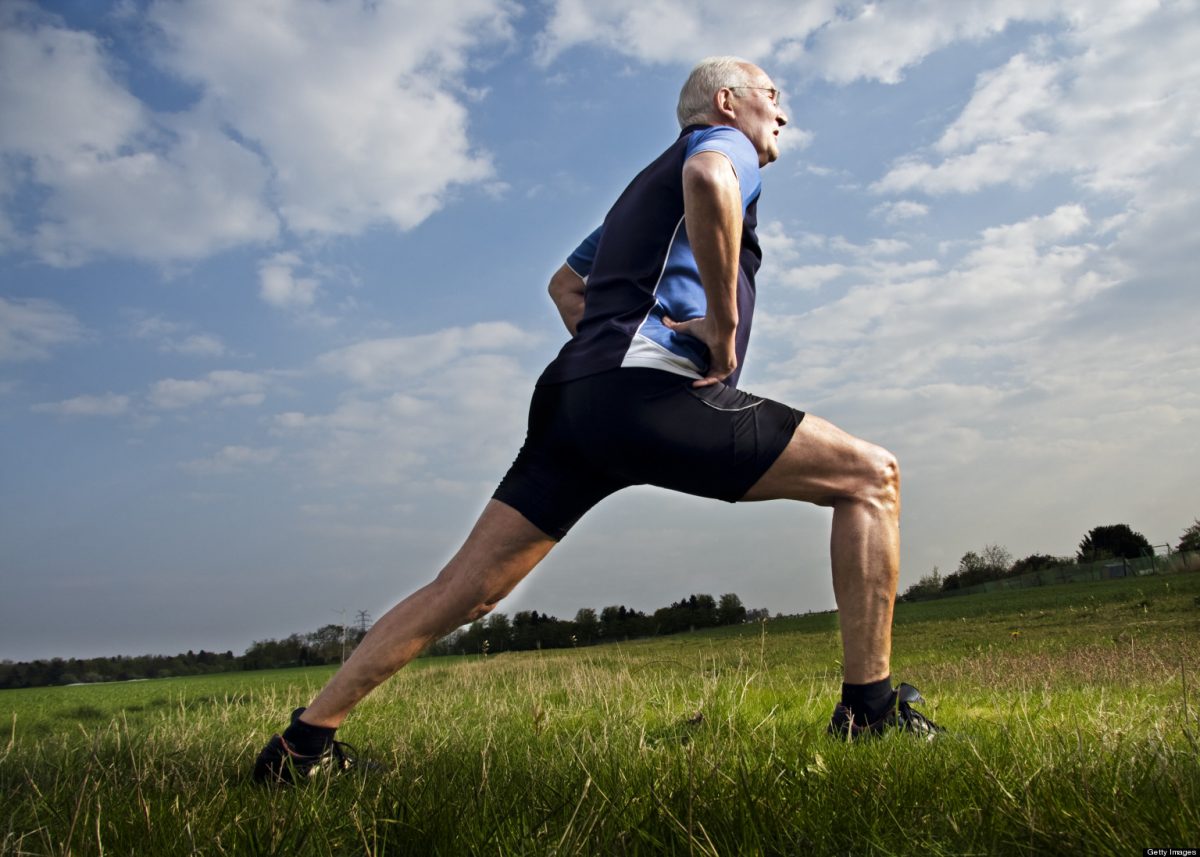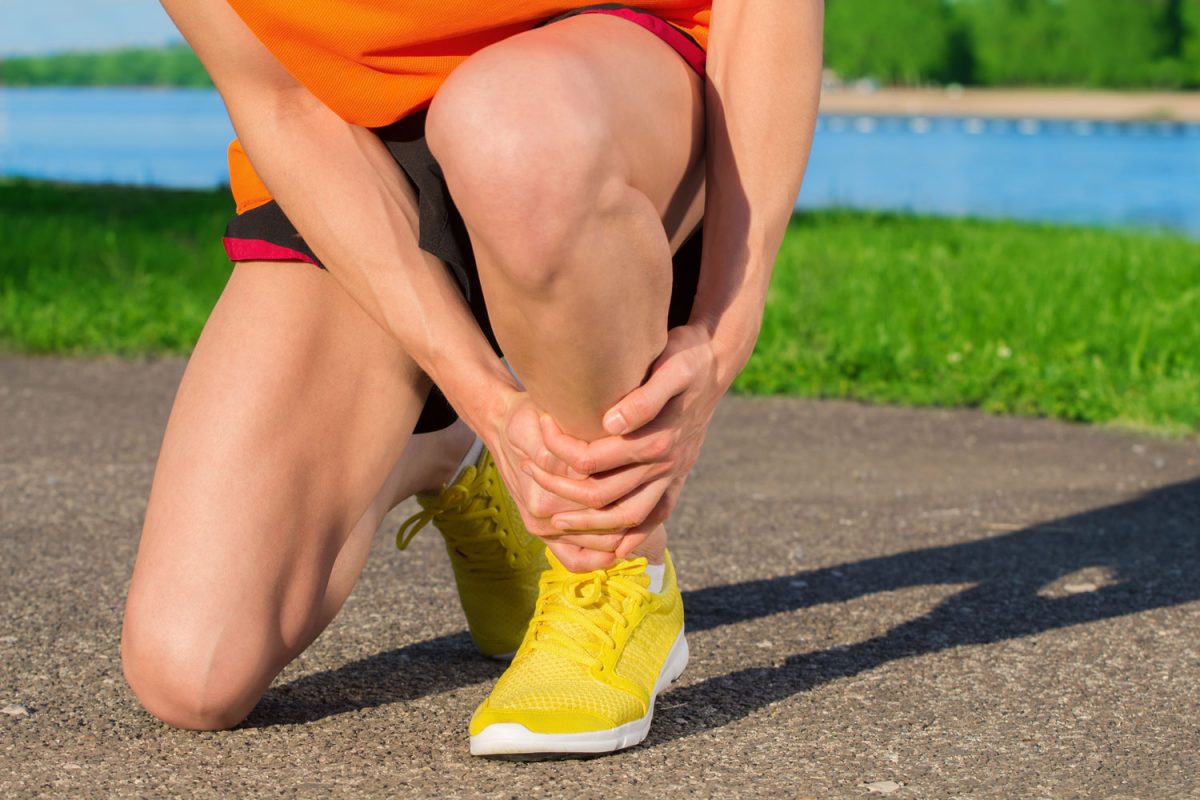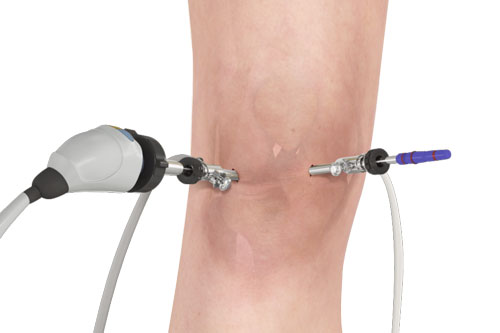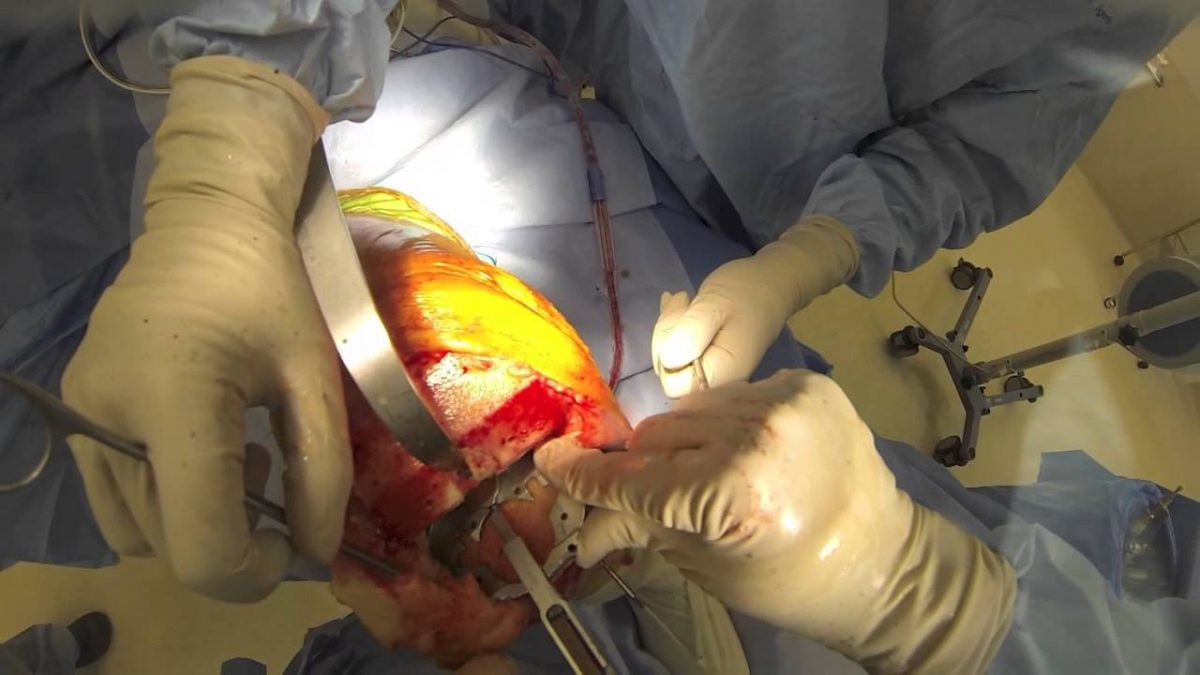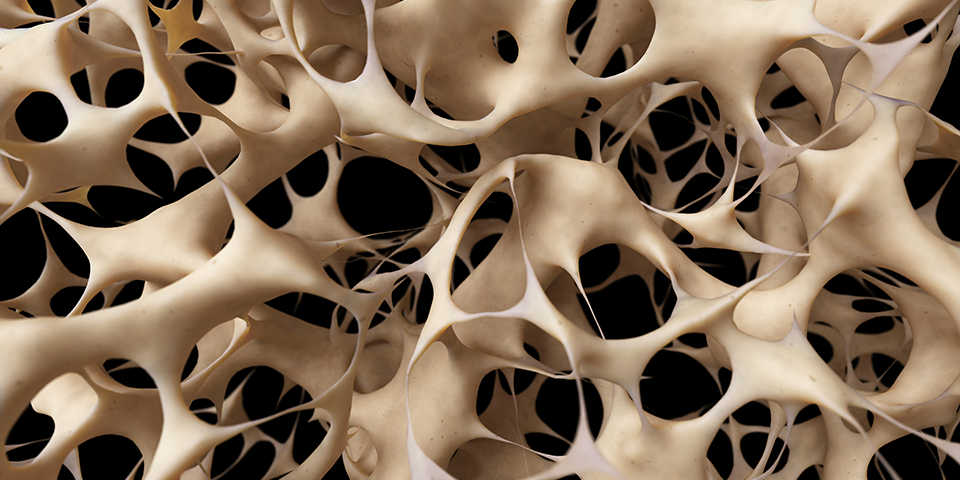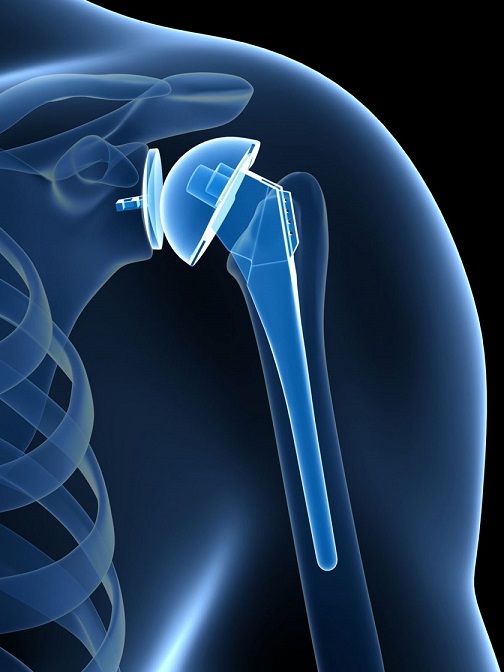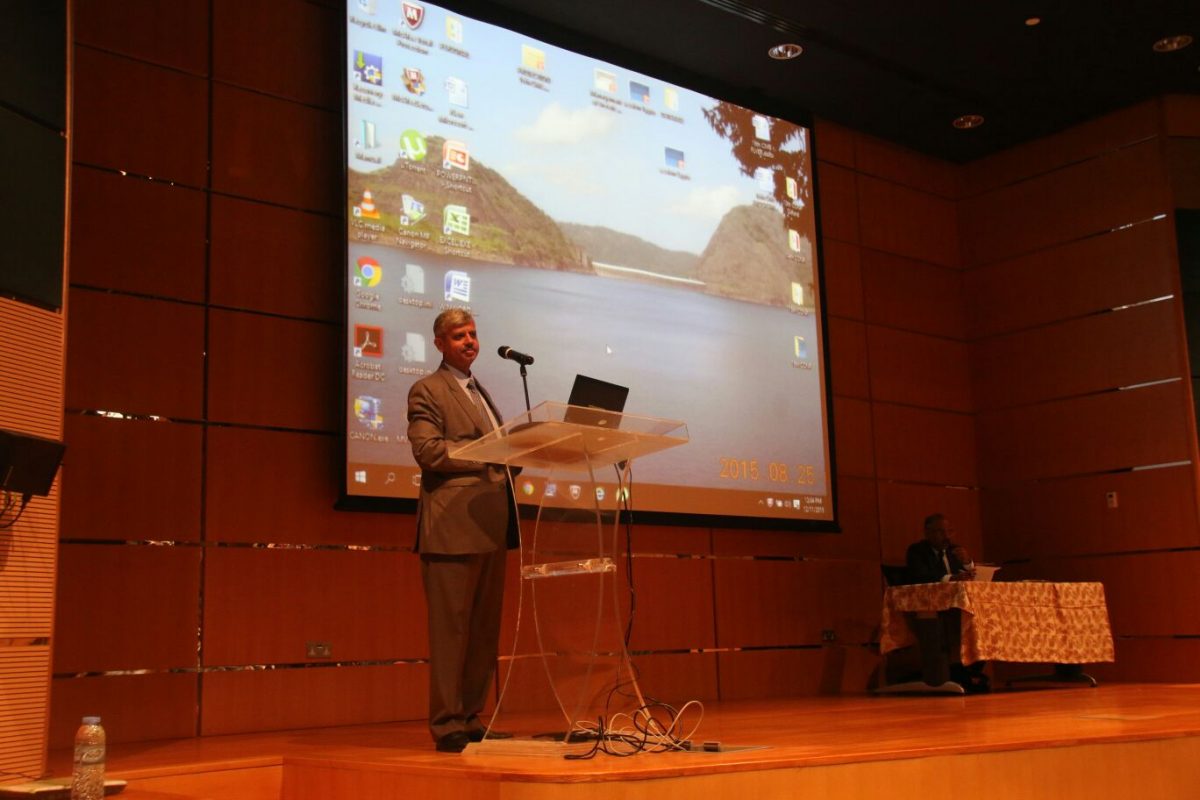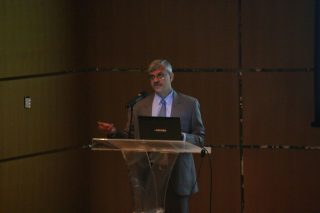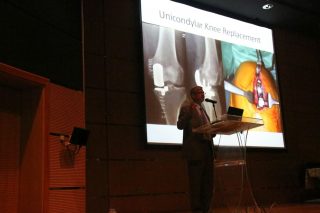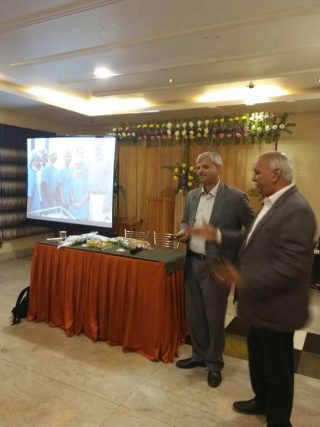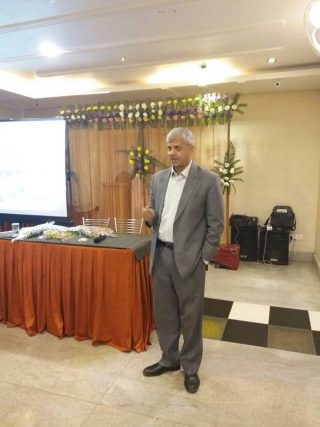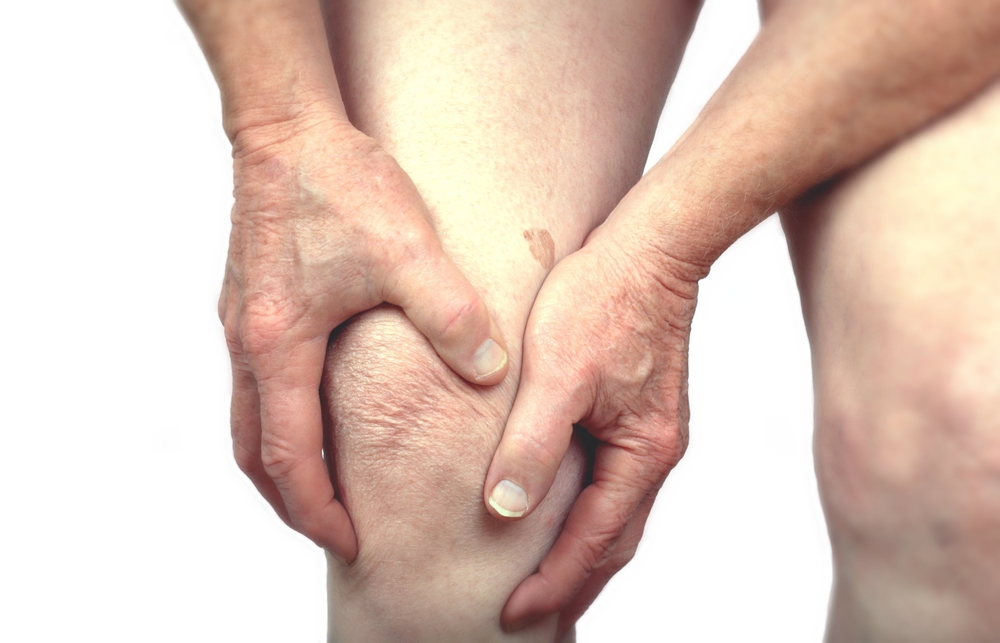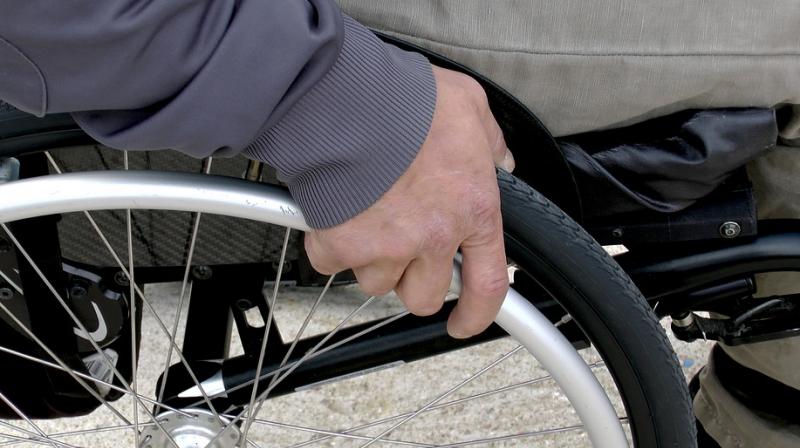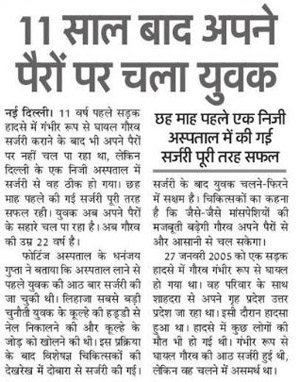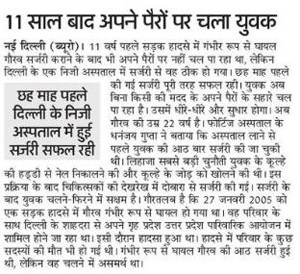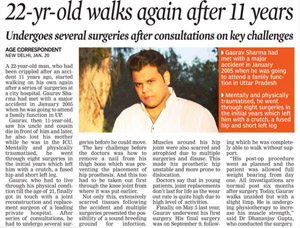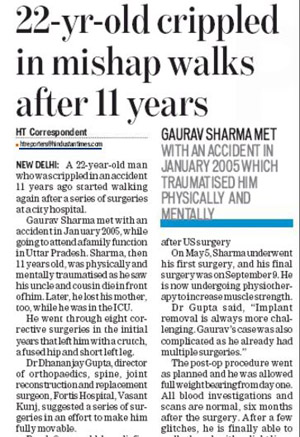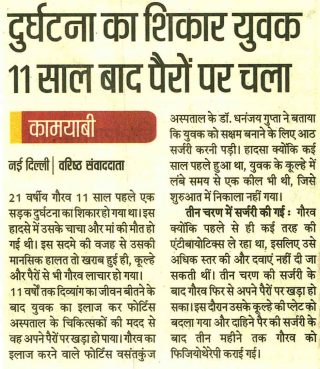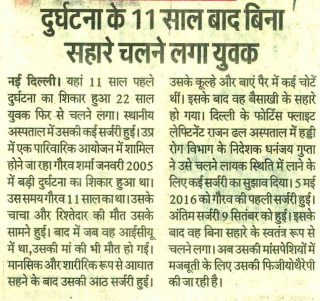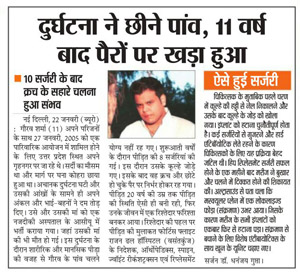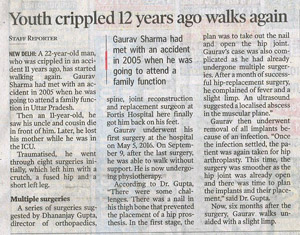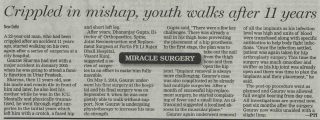Hip replacement Surgery has become very common nowadays and is considered one of the most successful medical technologies. Several people have their hips replaced every year, in order to live a pain free life ahead.
But after the hip replacement surgery you cannot go on with your life just the same after your hip is replaced. Though you will be relieved from your pain but still you will need to avoid several activities as your new hip will not completely function in the same way as your old hip did. Hip replacement surgery is considered a big surgery, so you need to avoid several activities in order to live a heathy and long life.
There are several things you should avoid after hip replacement surgery:
- Avoid getting your thigh too close to your chest. Always remember that the angle between your chest and thigh must not be less than 90 degrees. If your new hip bends too much, the neck of the thigh component can intrude against the plastic socket component, forcing the hip out of the socket. This can cause dislocation of new hip and the patient can suffer from lot of problems after that.
- Watch putting your feet up. Many a times you will feel you want to put your feet up in order to get some rest. This position is not harmful as long as you don’t lean forward for something. Whenever you want to lean forward, always take your feet down first.
- Avoid spinning with your weight on the new joint. If you are continuously putting weight on your new joint or swinging your bodyweight around, it can puts huge forces on the hip. Move your legs to get into a new position, primary with the replaced one.
- Avoid extreme activities. After a surgery you must want to do all those activities you were not able to perform before, but there is a price to be paid for having an artificial joint, if you want it to last. So avoid sports and activities such as jumping, lifting heavy weights, football, rugby, basketball, soccer, squash, downhill skiing and anything else that requires extreme joint stresses. By avoiding doing these activities you can take proper care of your joints.
- Avoid crossing your legs while sitting. If you cross your legs while sitting, it will put your hip into a more vulnerable position and you will not be able to perform any activity for at least first three months after surgery.
Keeping all these things in mind can surely help you with your new joint and you can lead a happier life ahead.

